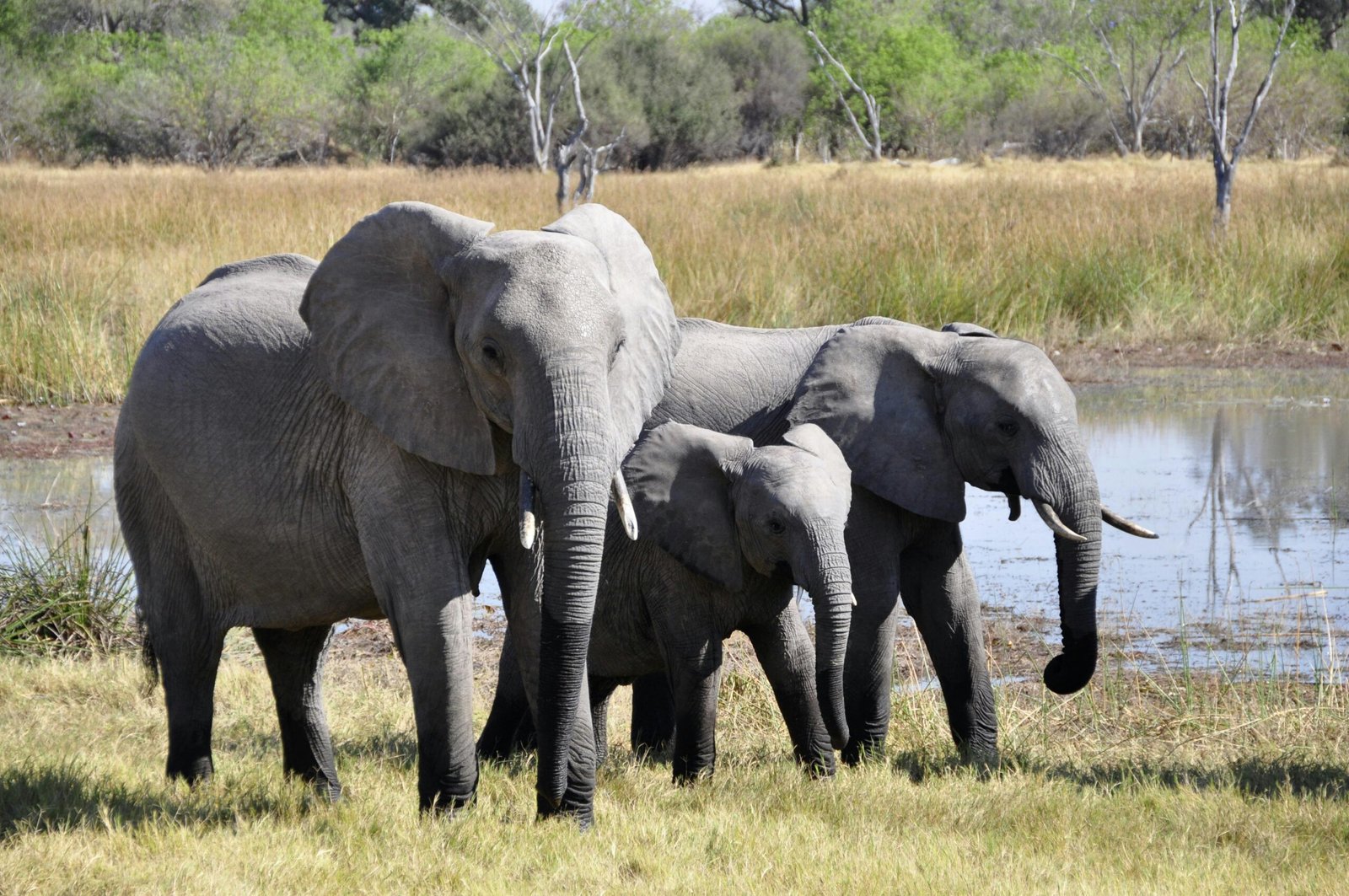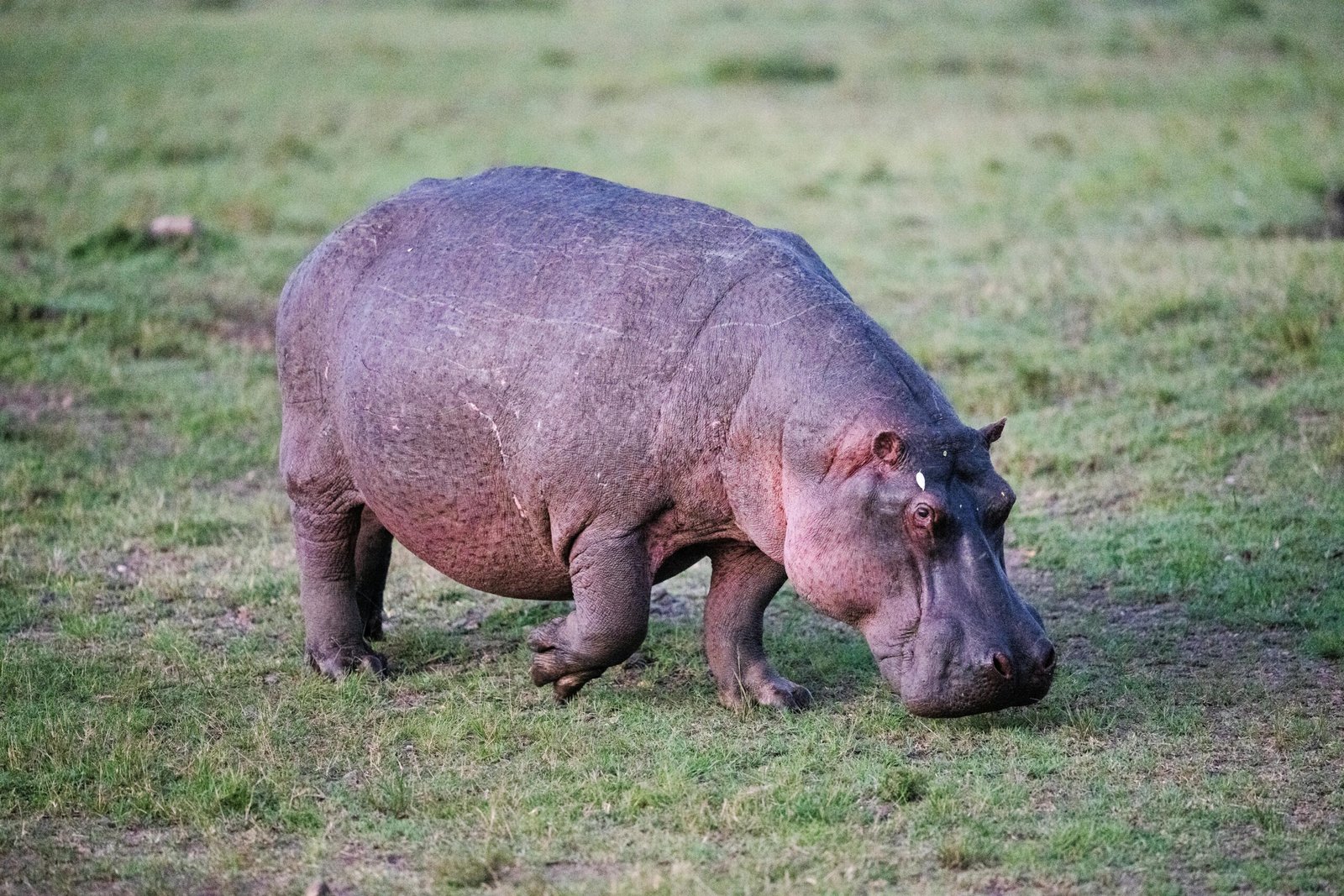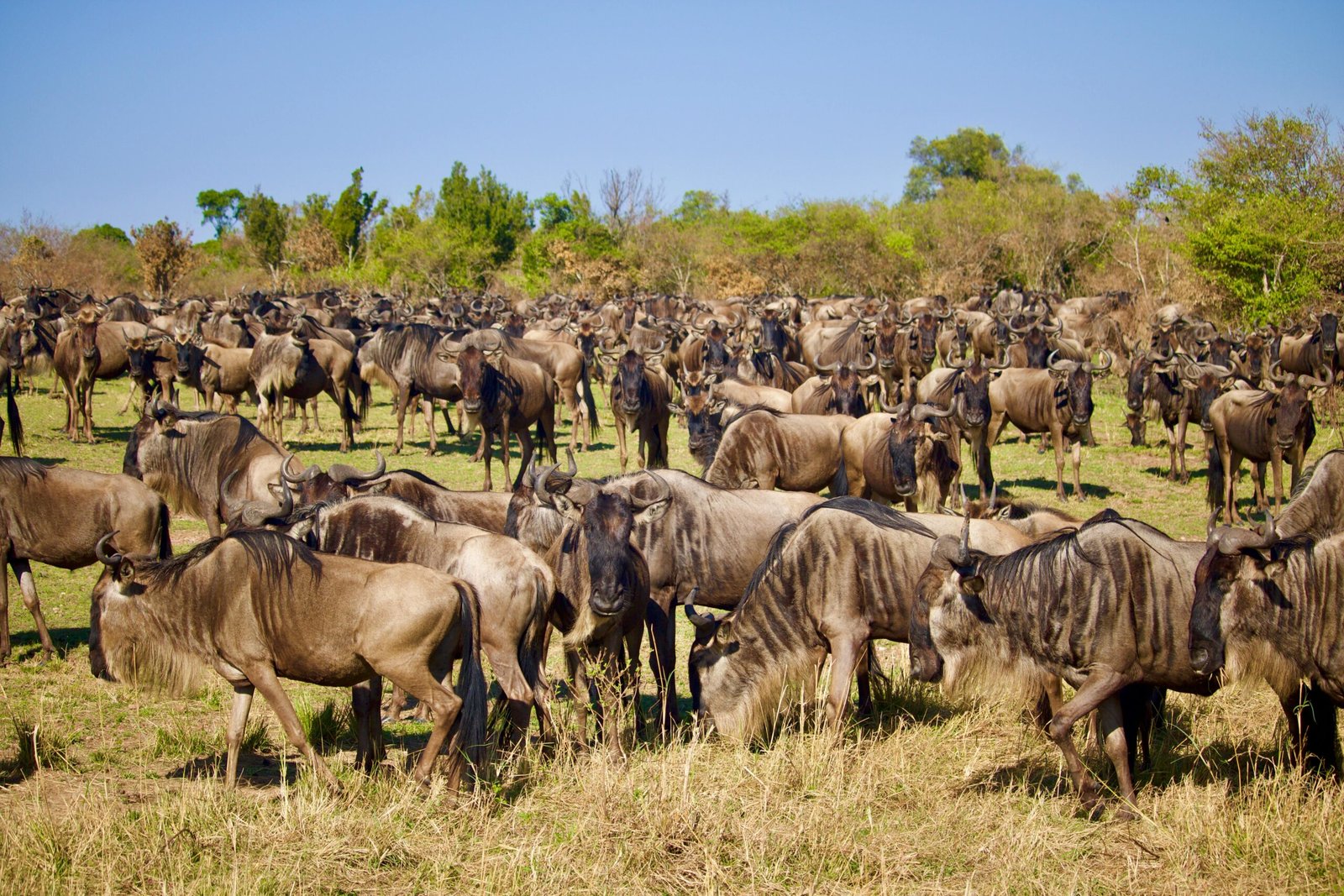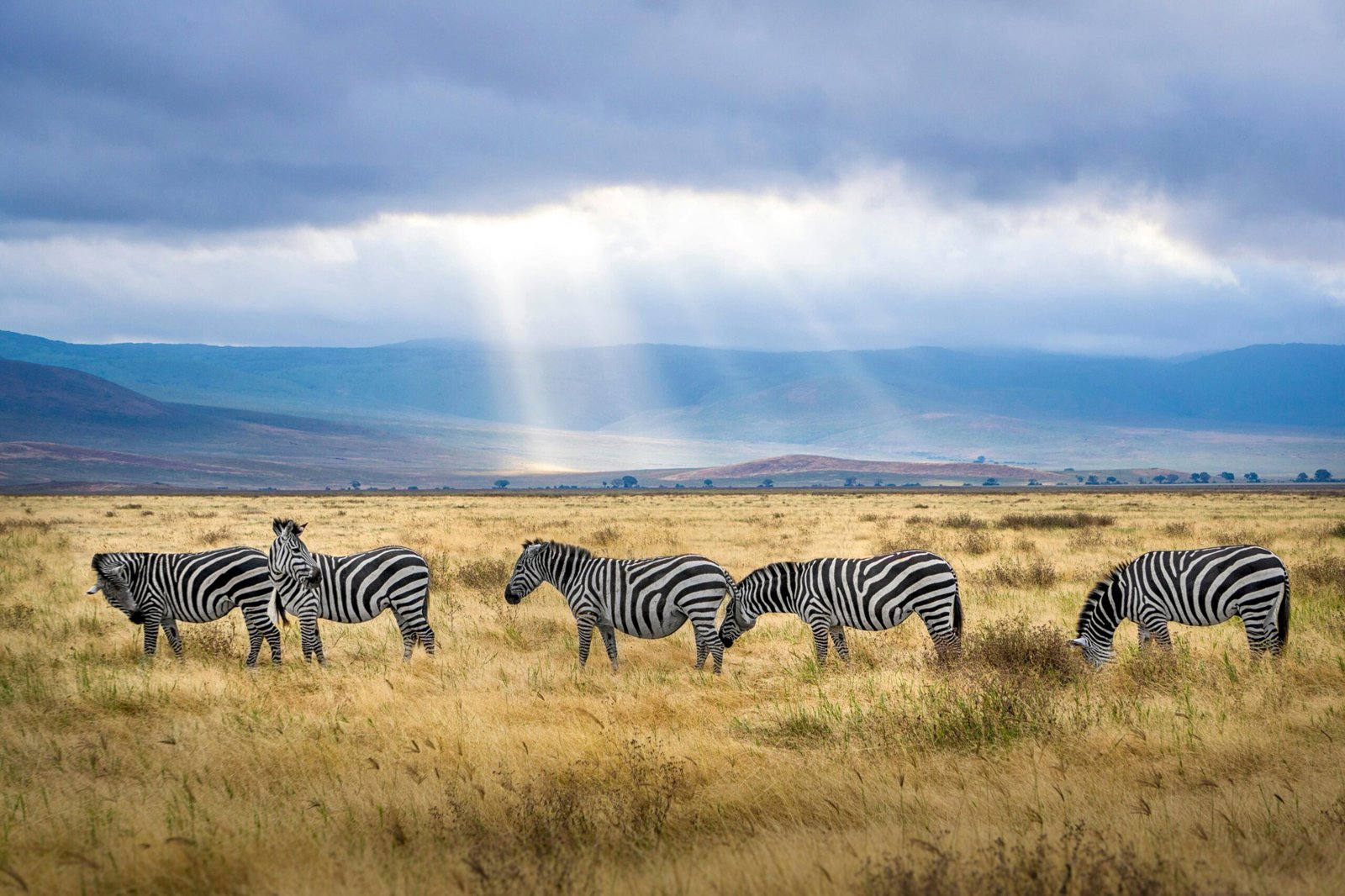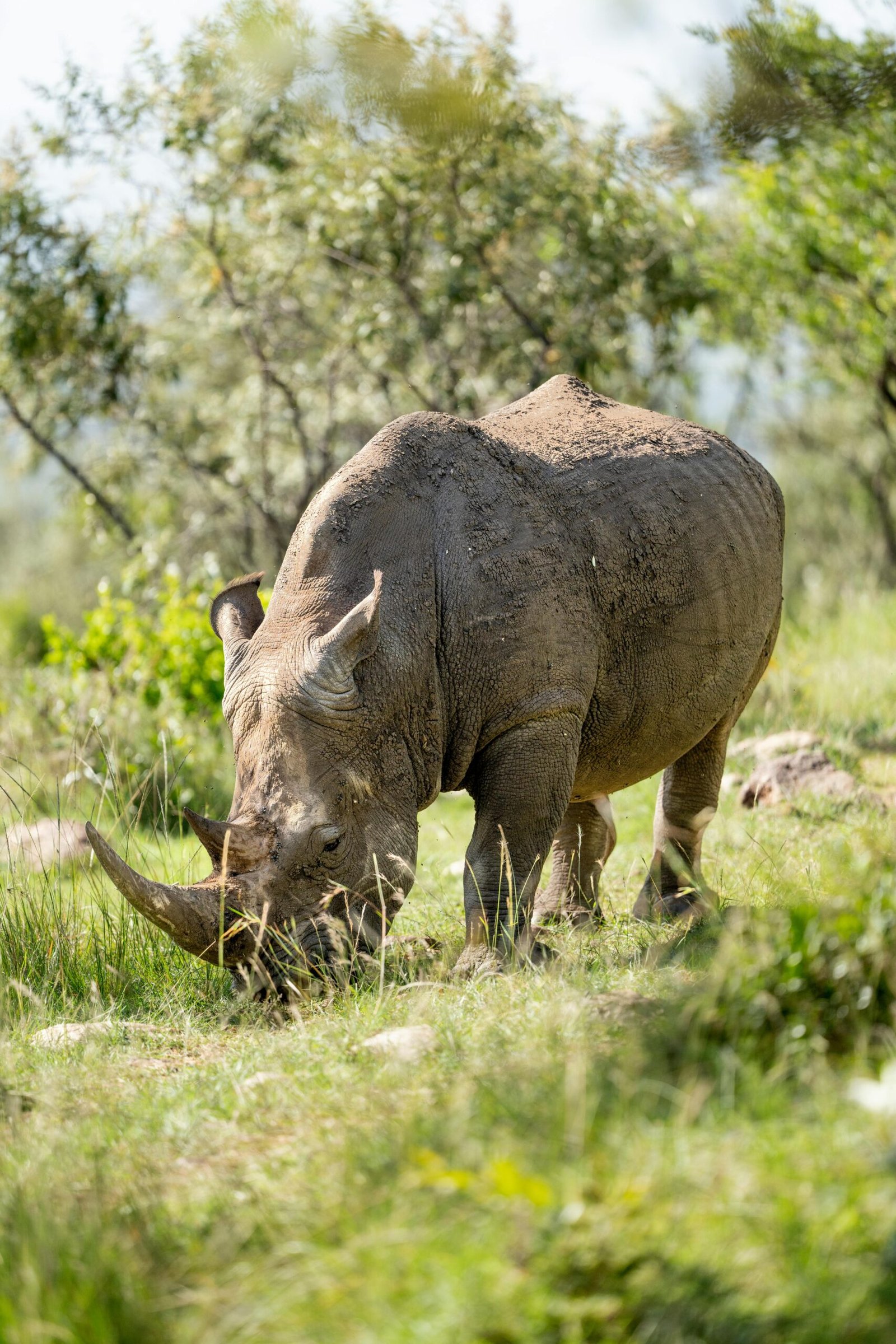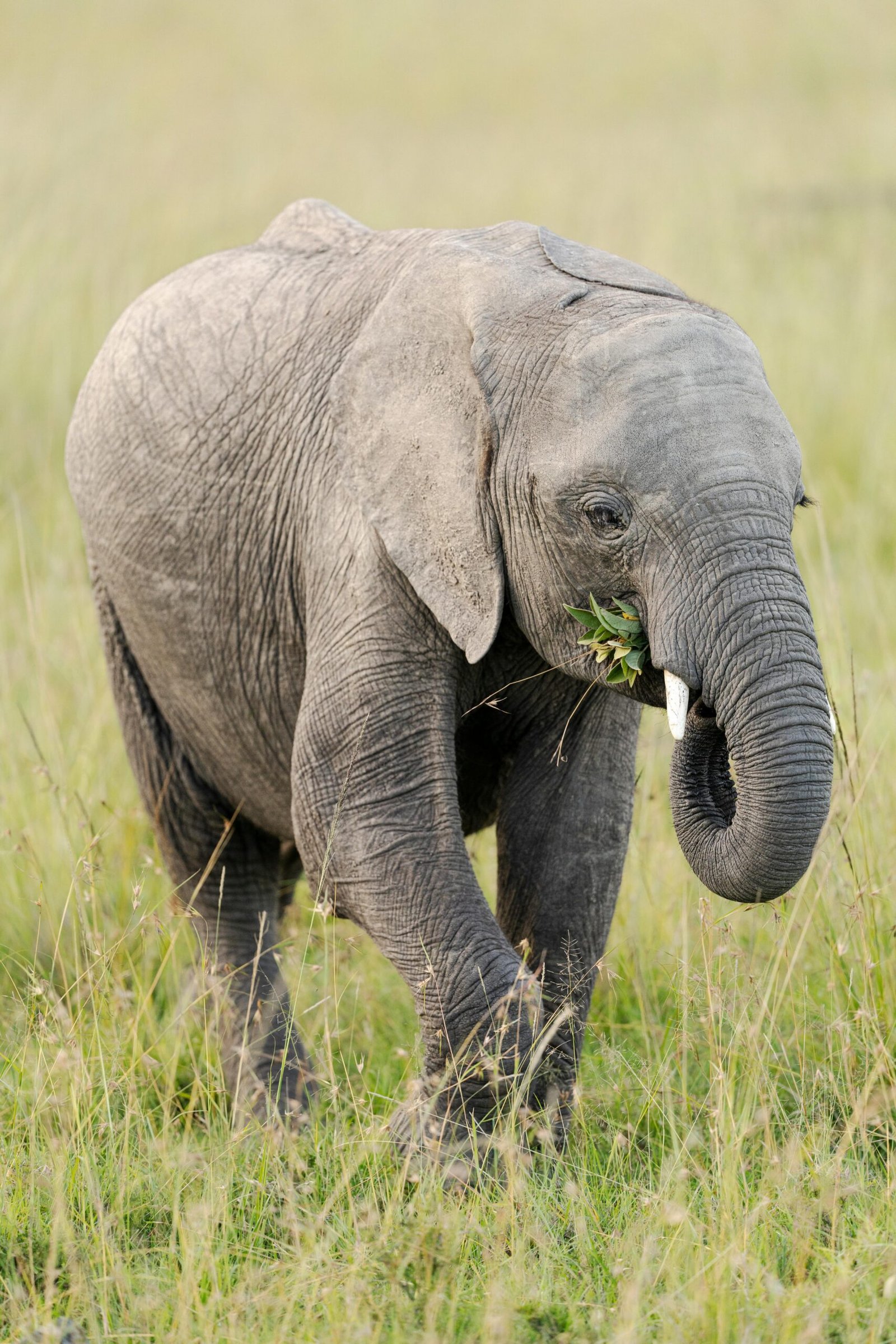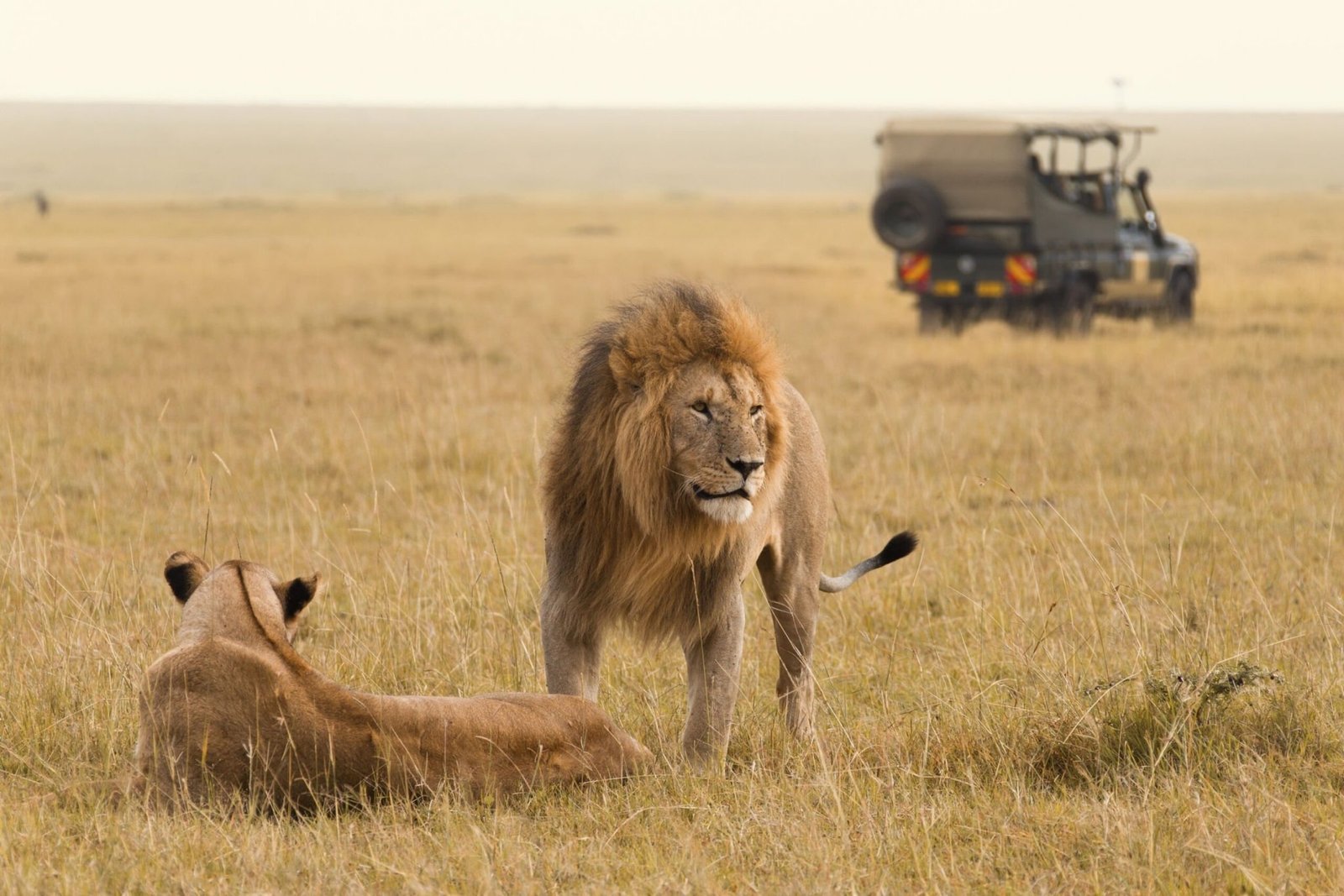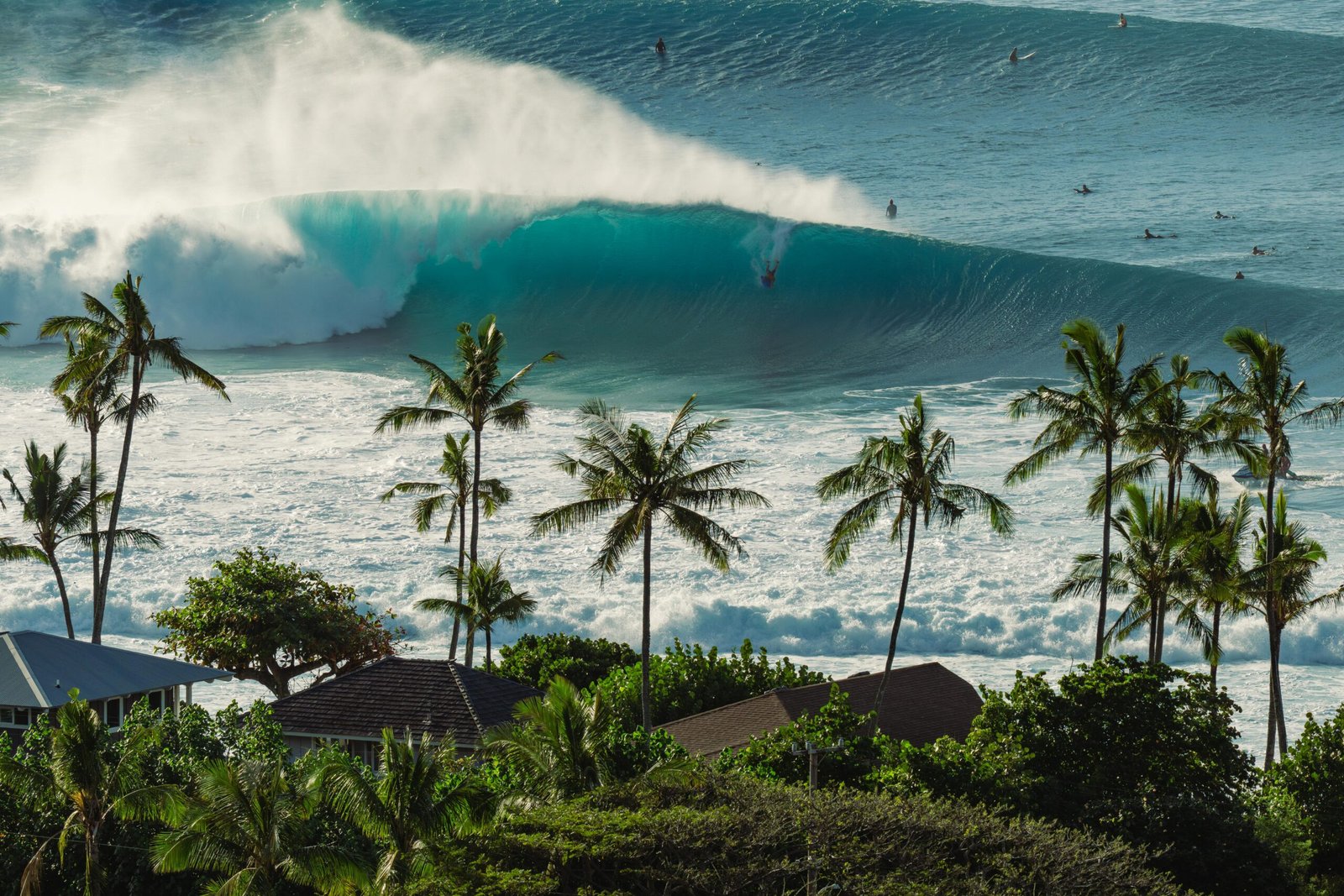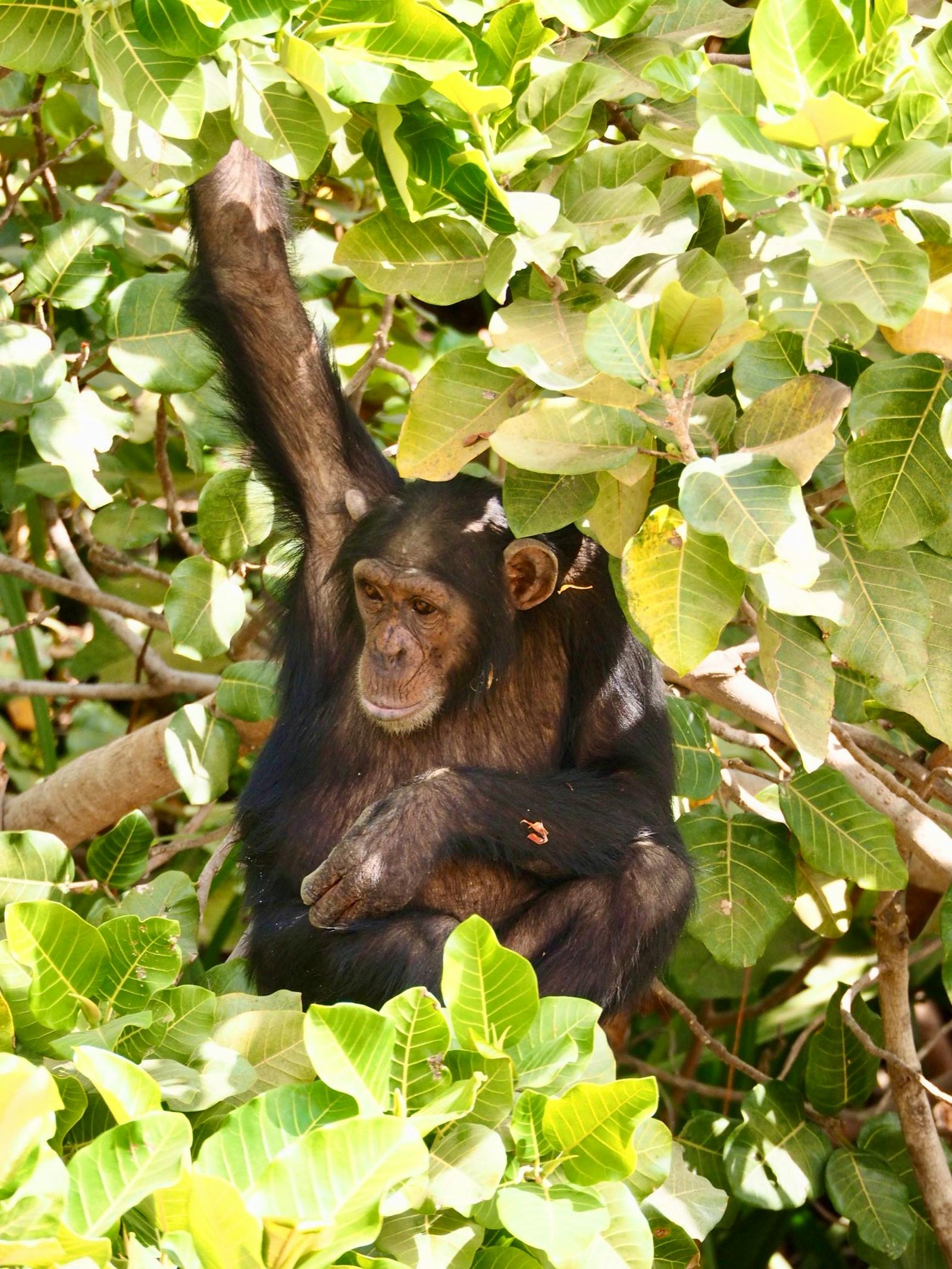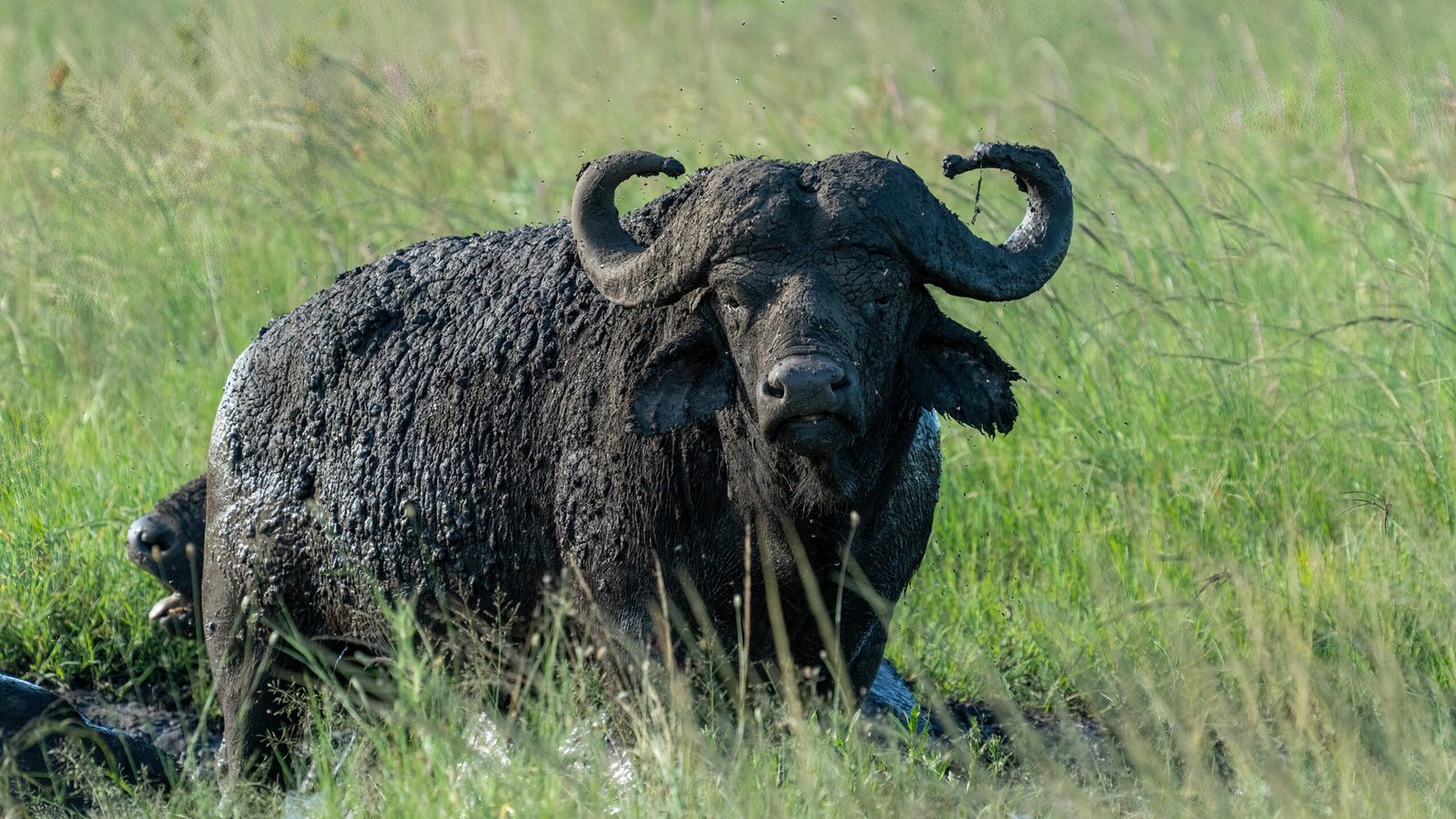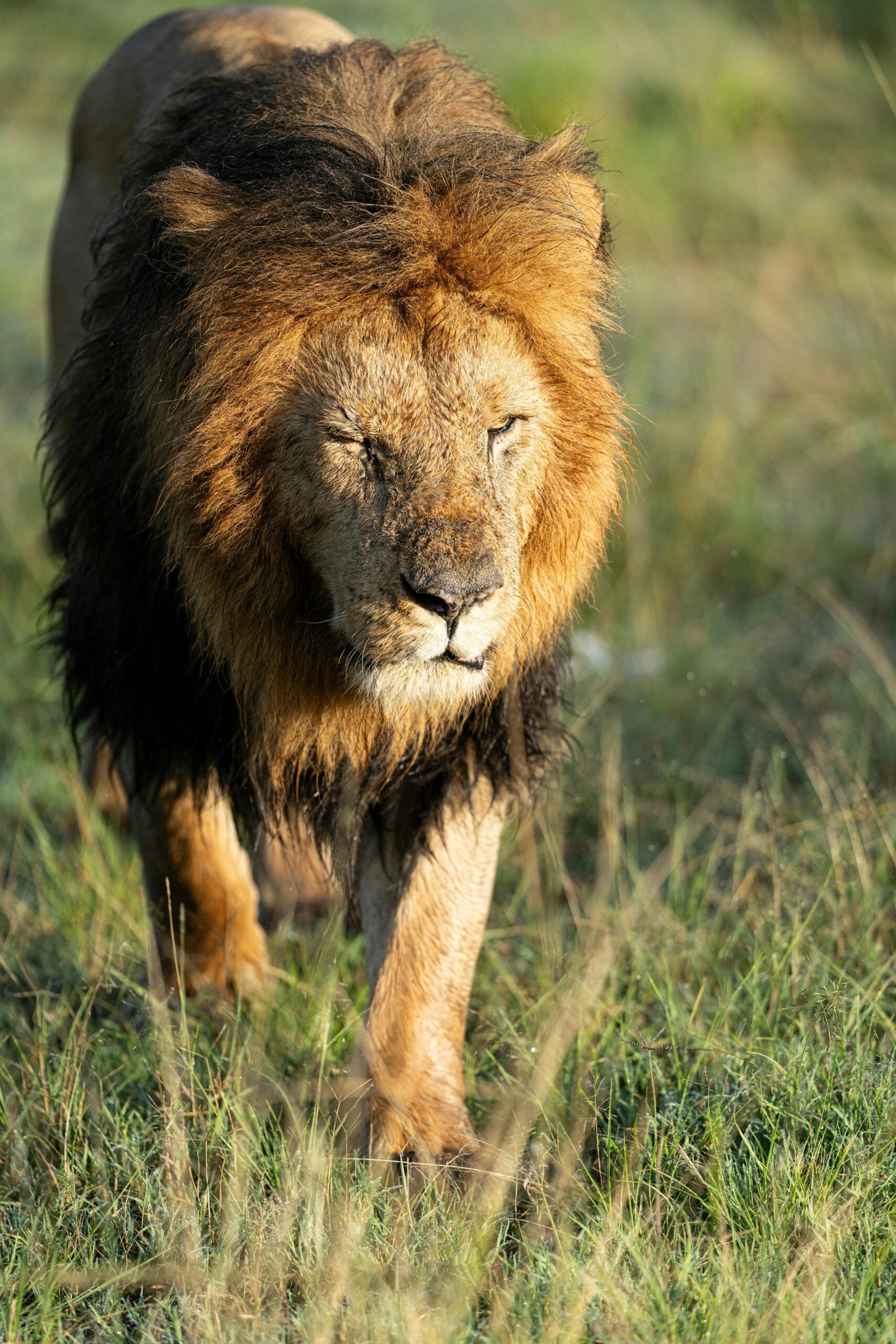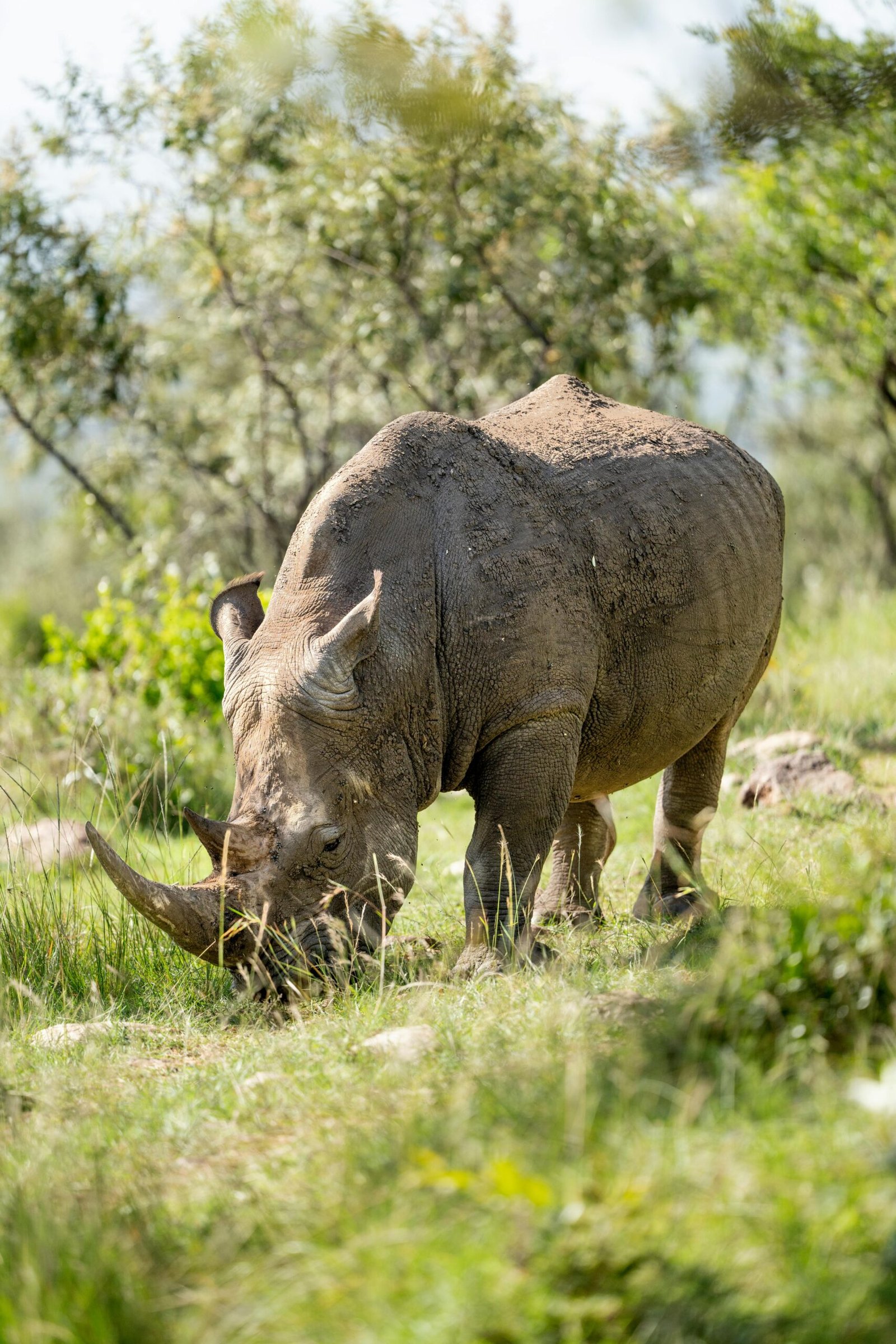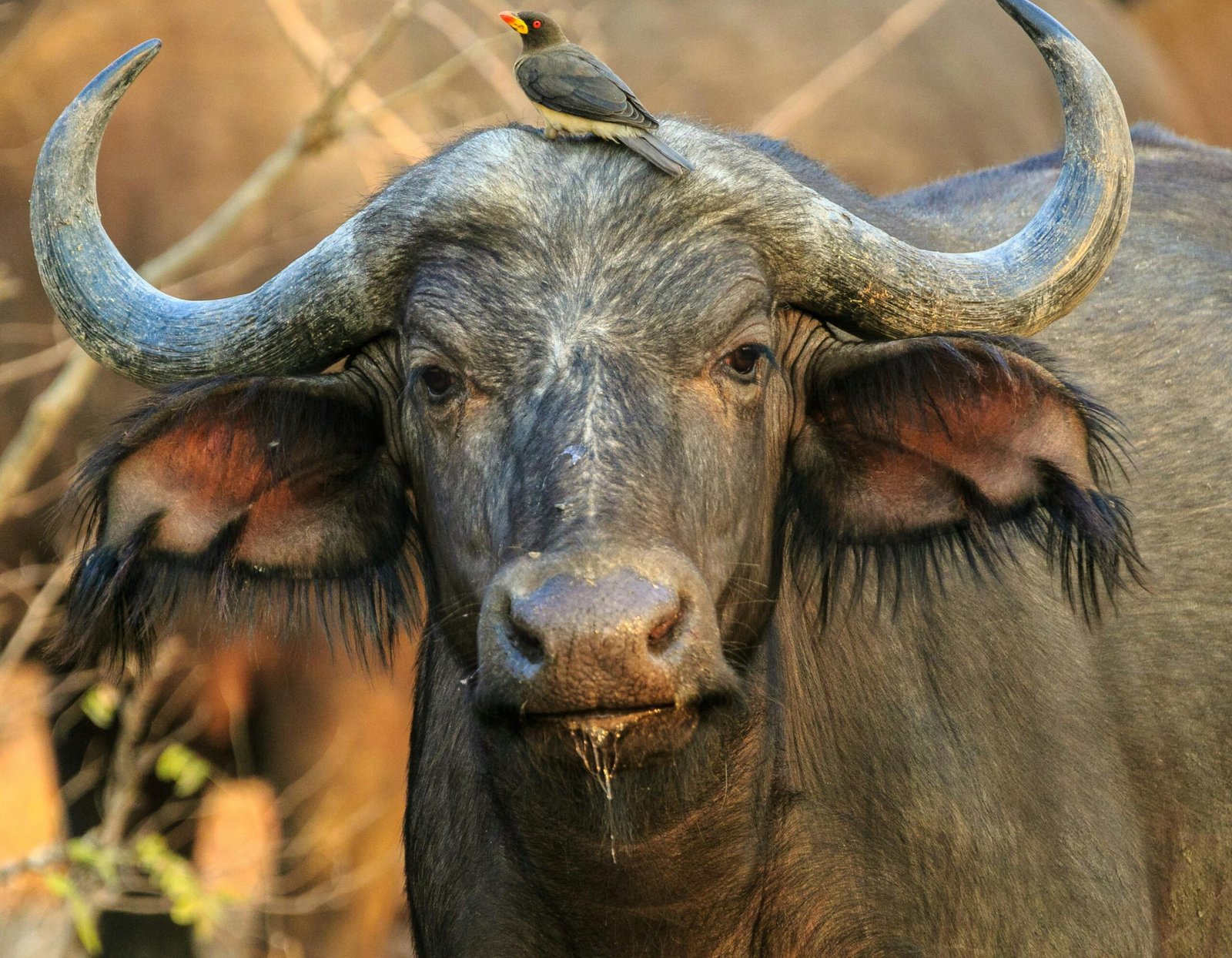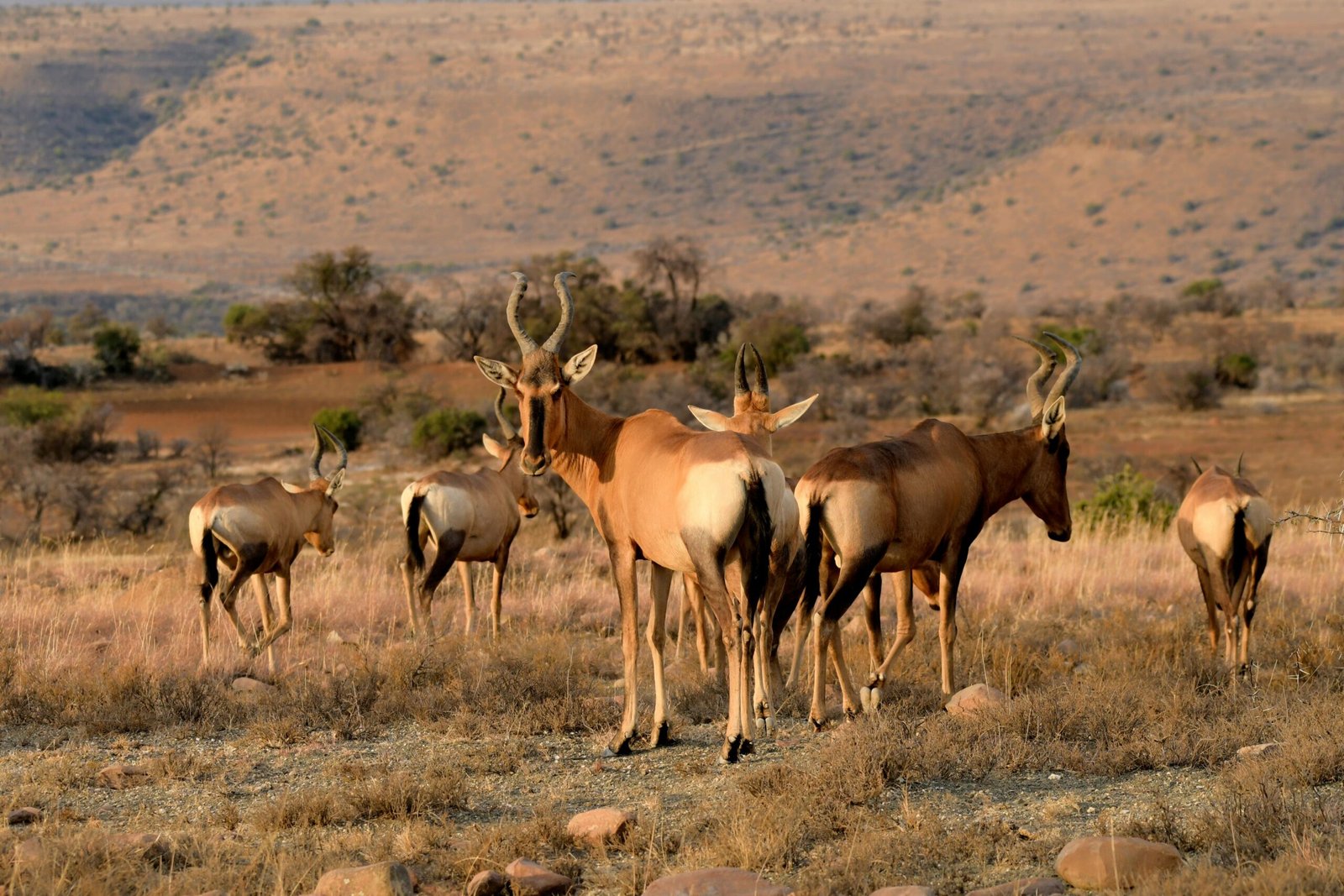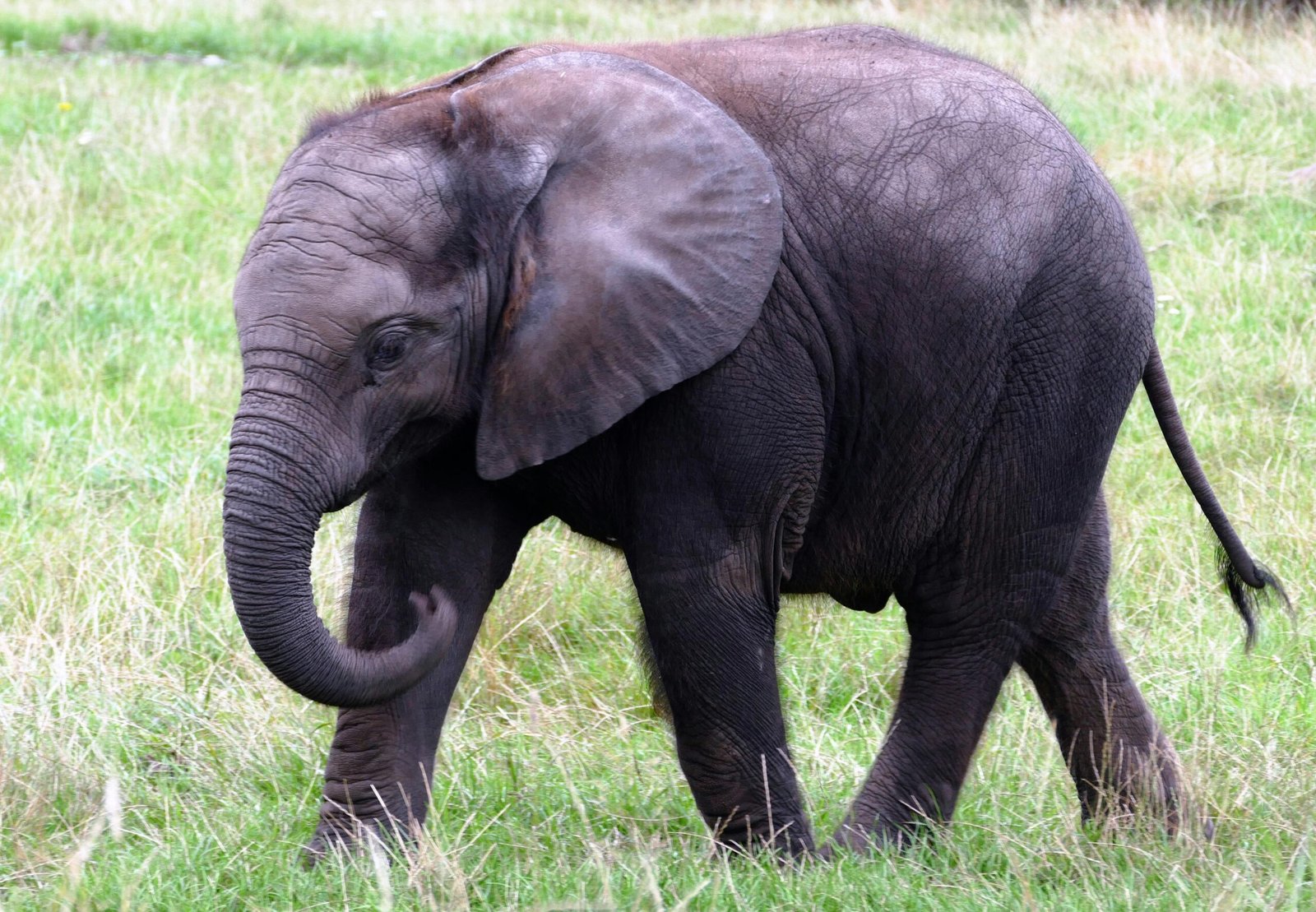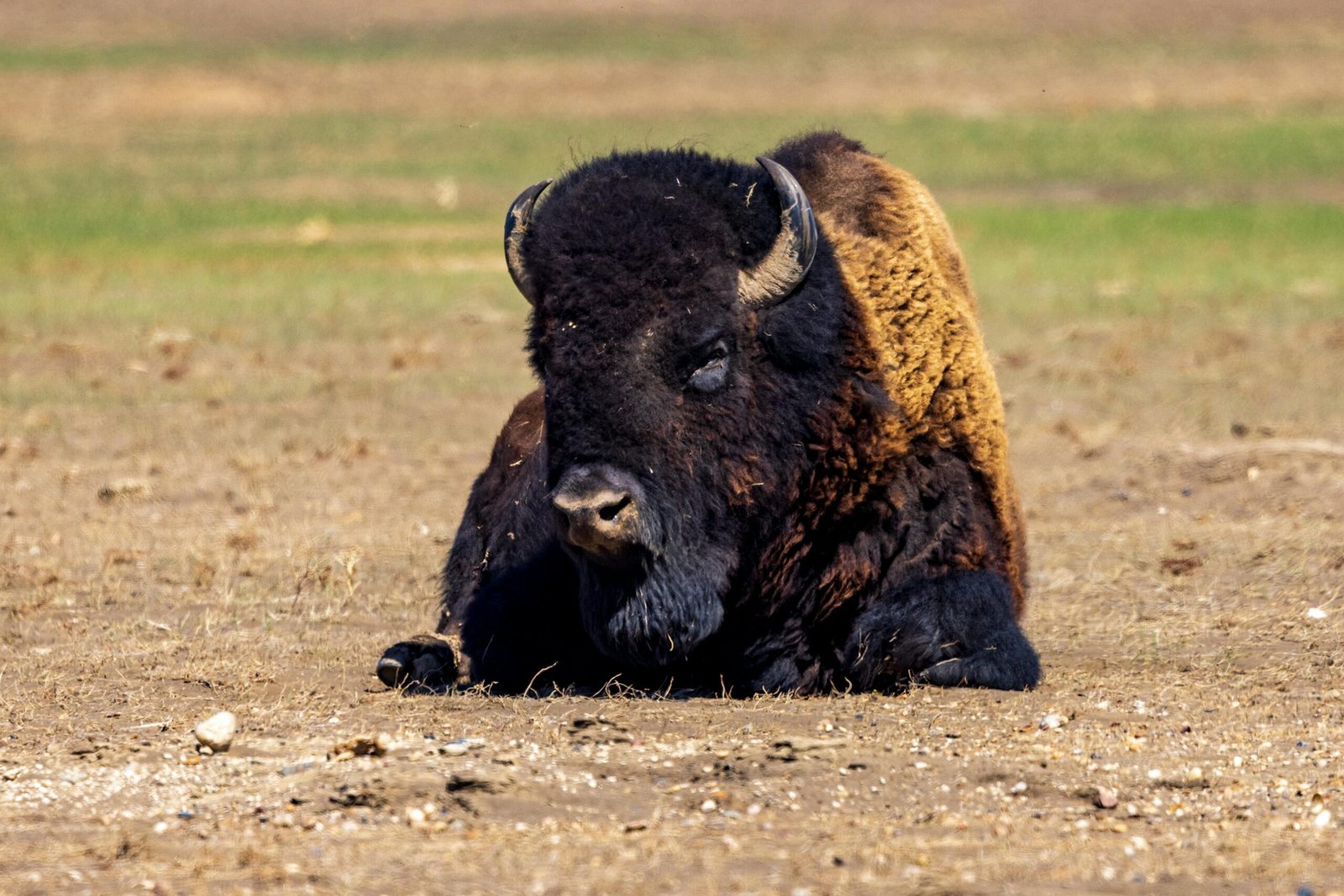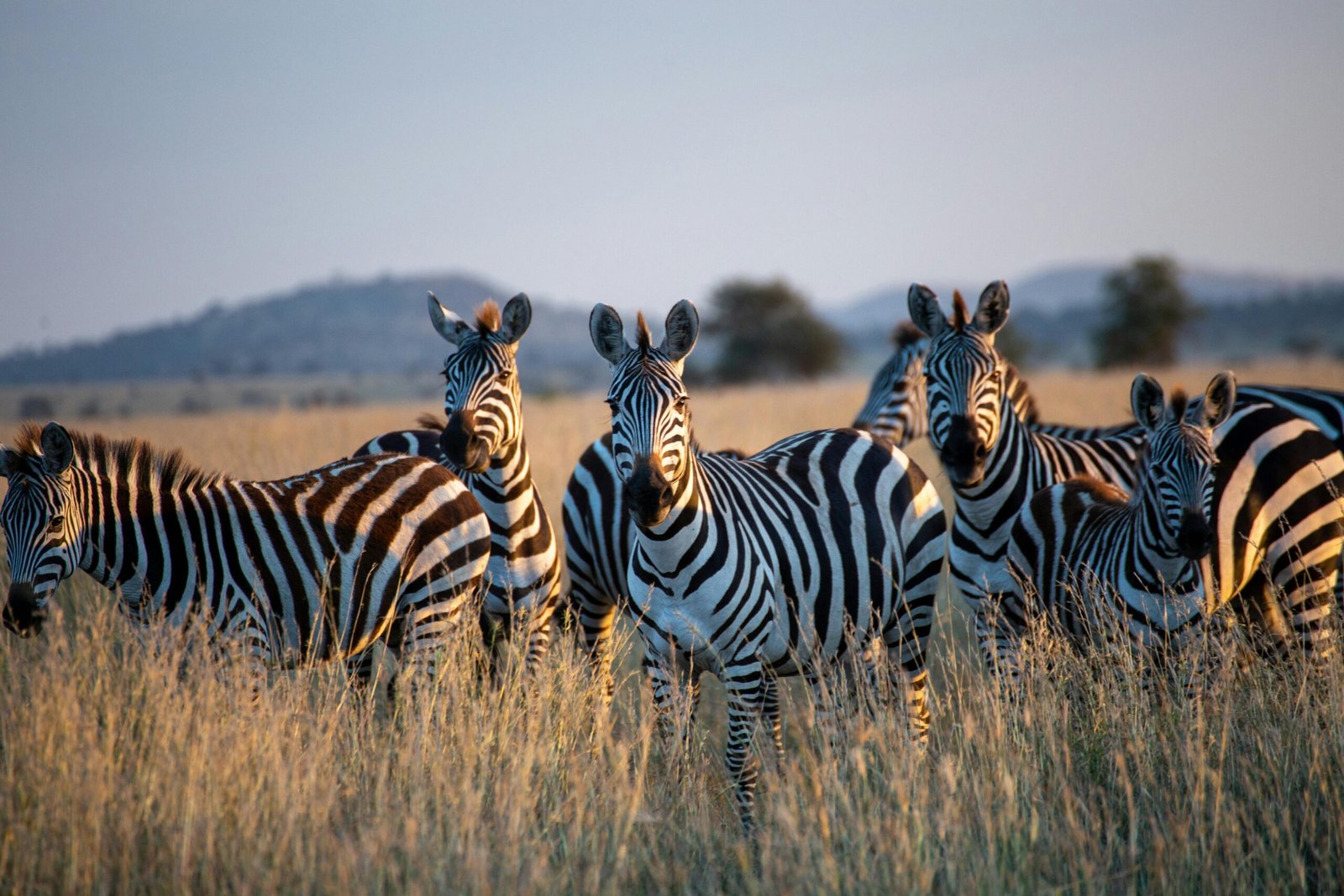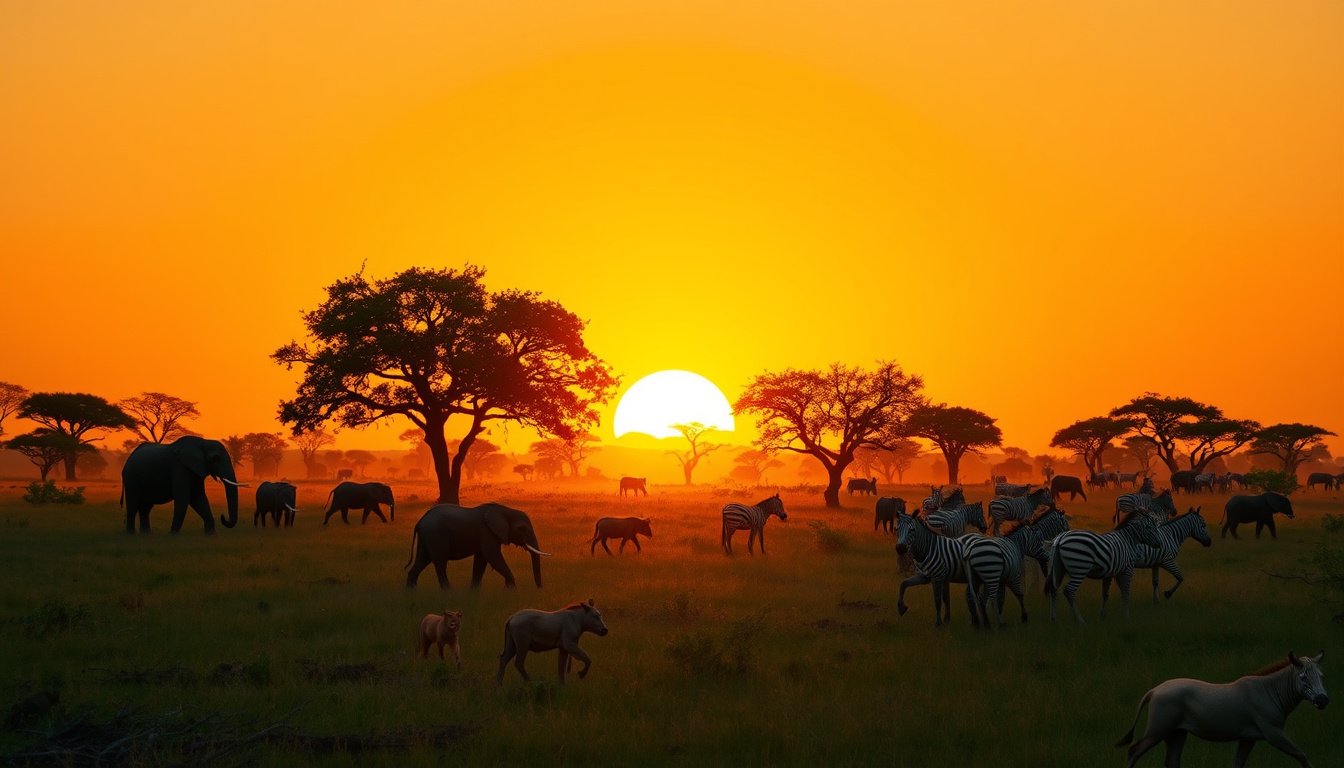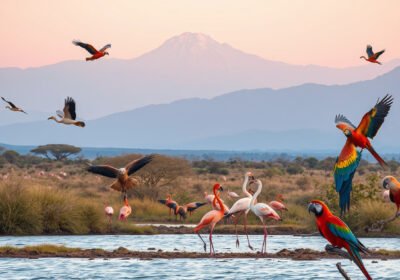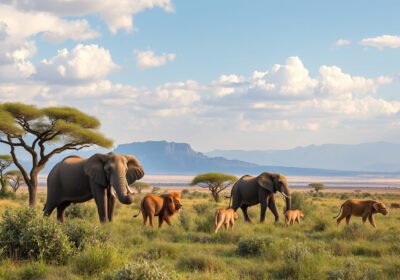Kenya, often dubbed the cradle of human civilization, is not only rich in history but also renowned for its spectacular wildlife and breathtaking landscapes. Whether you’re an avid wildlife enthusiast or a first-time safari-goer, understanding the dynamics of Kenya’s diverse ecosystems is crucial for planning your visit. This article delves into the best time to visit Kenya for a safari, exploring seasonal variations, the iconic Great Migration, weather patterns, and practical tips for maximizing your safari adventure.

Key Takeaways
- Kenya offers a unique safari experience throughout the year, influenced by its diverse seasons.
- The Great Migration is a key factor in timing your safari, typically occurring between July and October.
- Weather plays a crucial role in safari enjoyment, with drier months generally providing better visibility.
- Peak safari seasons draw larger crowds and higher prices, while off-peak times can offer better deals and solitude.
- Wildlife activity levels vary by season, making research essential for optimal wildlife spotting.
1. Introduction to Kenya’s Safari Experience
Kenya’s safari experience is often considered one of the most exhilarating adventures for wildlife enthusiasts and travel aficionados alike. With its diverse landscapes, from the sprawling savannahs of the Maasai Mara to the mountainous terrains of Amboseli, it offers an incredible backdrop for witnessing the complexities of nature. When planning your adventure, understanding the best time to visit Kenya for a safari is crucial to ensure you encounter the stunning wildlife migrations and enjoy optimal weather conditions. Generally, the dry seasons from June to October and January to March are regarded as the best periods for a safari. During these months, animals gather around water sources, making sightings more frequent and vivid. As you dive deeper into planning your journey, keep in mind that each season offers different advantages, from the vibrant blooms of the wet season to the dramatic spectacles of the wildebeest migration. Understanding these elements will enhance your safari experience, allowing you to make the most of your time in this enchanting country.
2. Understanding the Seasons in Kenya
When planning a safari in Kenya, understanding the seasons is crucial to determine the best time to visit for your unique experience. Kenya’s climate is largely shaped by two main seasons: the dry season and the wet season. The dry season, typically from late June to October, heralds the peak time for wildlife viewing. This is when animals congregate around dwindling water sources, making them easier to spot during game drives. Furthermore, the famous Great Migration occurs during this period, when millions of wildebeest and zebras traverse the Maasai Mara, ensuring a breathtaking spectacle. On the other hand, the wet season from November to May brings lush landscapes and a surge in newborn wildlife, creating a different but equally captivating safari experience. Thus, depending on your interests—whether it’s witnessing the migration or enjoying the vibrant flora and fauna—knowing the best time to visit Kenya for a safari will significantly enhance your adventure in this magnificent country.
‘The journey of a thousand miles begins with one step.’ – Lao Tzu

3. The Great Migration: Timing Your Visit
When planning your African adventure, understanding the best time to visit Kenya for a safari is crucial for maximizing your experience. The Great Migration, a breathtaking phenomenon where millions of wildebeest and zebras traverse the Serengeti in search of greener pastures, typically occurs between July and October. This spectacular event not only offers extraordinary wildlife viewing opportunities but also attracts a plethora of predators, adding to the drama of nature’s stage. While the dry season from June to October is often regarded as peak safari season due to easier game visibility and reduced vegetation, the wet season from November to May has its charms as well, featuring lush landscapes and fewer tourists, making it an ideal time for photography enthusiasts. Ultimately, timing your visit to coincide with this iconic migration can greatly enhance your safari experience, providing unforgettable moments that showcase the raw beauty of Kenya’s wildlife.
4. Weather Considerations for Safari Trips
When planning an unforgettable safari adventure in Kenya, understanding the weather conditions is crucial in determining the best time to visit. Generally, the optimal periods to experience Kenya’s remarkable wildlife and breathtaking landscapes occur during the dry seasons, which span from late June to October and January to February. During these months, the weather is typically warm and dry, making it easier to spot animals as they gather around watering holes. Conversely, the wet seasons, from March to May and November to mid-June, bring lush greenery but can hinder accessibility to densely vegetated areas; however, this is also the time when migratory animals, such as wildebeest, create stunning landscapes during their dramatic crossings. Therefore, to truly enjoy the best wildlife viewing experiences and capture phenomenal photographs, consider visiting during the dry months for an enriching safari that enables you to appreciate the rich biodiversity of this incredible country.

5. Peak vs. Off-Peak Safari Seasons
When planning your trip, understanding the peak vs. off-peak safari seasons is crucial to determining the best time to visit Kenya for a safari. The peak season typically occurs from June to October, coinciding with the famous Great Migration, when millions of wildebeests and zebras journey across the Maasai Mara in search of greener pastures. This spectacular event draws large crowds of tourists eager to witness the breathtaking scenes of nature. However, if you prefer a more tranquil experience, visiting during the off-peak season from November to March may be ideal, as you can enjoy lower prices, fewer tourists, and a chance to see unique wildlife behavior, such as the birthing season for many species. Ultimately, the best time to visit Kenya for a safari depends on your preferences, budget, and desire to experience this extraordinary wilderness in its many forms.
6. Wildlife Spotting and Activity Levels
When planning a safari adventure, understanding the best time to visit Kenya for a safari is crucial for maximizing wildlife spotting opportunities. Kenya boasts a diverse range of habitats, from savannahs to wetlands, each supporting a unique array of wildlife. Generally, the dry season, which runs from late June to October, is widely regarded as the best time for wildlife viewing. During this period, animals congregate around water sources, making them easier to spot. Additionally, with the vegetation less dense, visibility significantly improves. Travelers might also experience the famous Great Migration, where millions of wildebeest and zebras traverse the Maasai Mara in search of greener pastures. However, some parks, like Amboseli and Lake Nakuru, can offer spectacular sightings during the wet season, especially from November to March, when migratory birds flock to the region. Ultimately, understanding the seasonal activity levels of different wildlife and weather patterns will help you choose the best time to visit Kenya for a safari, ensuring an unforgettable experience filled with rich sightings and activities.

7. Planning Tips for an Unforgettable Safari
When considering the best time to visit Kenya for a safari, it’s essential to plan ahead to ensure an unforgettable experience. The dry season, from late June to October, marks the peak time for game viewing, as animals congregate around water sources making them easier to spot. Early in the year, particularly from January to March, is also fantastic for wildlife enthusiasts, as it offers the opportunity to witness newborn calves in many species. Additionally, the Great Migration, which occurs from July to September, sees millions of wildebeest and zebra trek through the Maasai Mara, providing unparalleled viewing experiences. However, planning your safari doesn’t stop at timing; it’s vital to consider which parks to include in your itinerary. Renowned parks like Maasai Mara, Amboseli, and Tsavo each offer unique landscapes and diverse wildlife. Booking your accommodations early can also enhance your safari adventure, ensuring you get the best lodges or tented camps for a comfortable stay. Whether you’re seeking to witness the thrill of a lioness hunting or to marvel at elephants bathing in the sun, knowing the best time to visit Kenya for a safari and planning accordingly will guarantee unforgettable memories.
Frequently Asked Questions
What is the best time to visit Kenya for a safari?
The best time to visit Kenya for a safari is during the dry seasons from June to October, which coincides with the Great Migration and offers excellent wildlife viewing opportunities.
What should I know about the weather in Kenya when planning a safari?
Kenya has two main seasons: the dry season (June to October) and the wet season (November to May). During the dry months, wildlife congregates around water sources, making it easier to spot them.
What is the Great Migration, and how does it affect safari timing?
The Great Migration involves the massive movement of wildebeest and other wildlife between Kenya and Tanzania, typically occurring from July to September. Visiting during this time provides a unique opportunity to witness this natural spectacle.
Are there off-peak times that are still suitable for a safari in Kenya?
Yes, the period between Late November and March can be considered off-peak. While the weather may be wetter, wildlife can still be seen, and it offers lower prices and fewer tourists.
What tips can you offer for planning an unforgettable safari in Kenya?
Plan your trip around the Great Migration for the best experiences, book accommodations in advance, consider a mix of parks and reserves, and ensure you have the right gear for comfort and photography.

